Table of Contents
Digital art is booming as blockchain tech becomes a crucial part of it. The market size of this artistic revolution was valued at US$ 4 Bn in 2023. It is expected to touch US$ 12.1 Bn by 2030 according to Coherent Marketing Insights. Furthermore, it secures ownership and keeps track of its history, reducing the chances of forgery. This transparency makes digital art a hot investment, opening doors to the art world for collectors.
What is more, is that the value of this form of art on a transactional level is supported by NFTs (Non-Fungible Tokens). NFTs are digital certificates that act as a deed of ownership for a specific digital asset like a piece of artwork. It proves that you own a one-of-a-kind digital artwork. The artwork is stored securely online, making it clear who owns a piece of digital art similar to the ownership strategy of a physical painting.
Also, unlike physical paintings that can be reproduced, NFTs create scarcity for digital art. This means that each NFT is a stamp on the artwork, limiting the number of collectors who can own it, thereby, increasing its potential value.
Acquiring Digital Art: A Collector’s Dream Come True
A collector is an individual passionate about art, seeking to acquire and own artworks. This can range from seasoned art enthusiasts to those newly discovering their appreciation for art. NFT marketplaces provide a unique opportunity for collectors to acquire limited-edition digital art pieces directly from the artists, fostering a direct connection between creators and their audience.
Exploring these marketplaces allows collectors to discover diverse styles and find artworks that resonate with their personal aesthetic. When selecting art, consider the artist’s unique style, the underlying themes explored in their work, and the emotional connection it evokes.
Understanding the value of digital fine art is crucial. Key factors influencing value include:
- The artist’s reputation, background, career trajectory
- The artist’s past sales to get a sense of their potential
- Limited production of the art work (limited editions)
- Conceptual framework of the artwork
As a curated digital fine art platform, NewArtX prioritizes quality and authenticity. While collectors may not be directly involved in artist verification, our rigorous process ensures the highest standards. Our panel of expert curators meticulously researches every artist and meticulously vets each artwork before it’s featured on the platform. This dedication to quality provides collectors with peace of mind and access to exceptional art
When it comes to buying art, choose purchasing platforms based on buyer protection and secure transactions. Furthermore, choose a secure source that gives you the platform to explore the work of talented artists and their artworks. Based on the platform selected, you can pay either by credit card or via cryptocurrency which is in the case of NFT transactions. NewArtX gives users the liberty of making secure transactions in Fiat currency with the promise of transparency and provenance.
Whether you are an art enthusiast, investor, interior design aficionado, or an admirer of specific artists, you will need a place to display your collections. You can showcase them on digital frames or explore virtual galleries. At NewArtX, we offer NAX Canvas, a digital frame that fuses technology and artistry. Collectors can add it to their surroundings to display their digital fine art collections like a dynamic gallery.
Embark on discovering the market potential of digital fine art. Understand its core concepts, do your research, and follow your instincts as a collector. Remember that when you buy digital fine art, it’s not just a one-time purchase, it is a future investment in an asset that can bring returns unlike ever imagined.
FAQs
- What is trending in digital artwork these days?
3D artwork is trending in the existing market of digital fine art due to its aesthetic appeal and shareability with collectors.
- What is making digital fine art so popular in the market?
Some factors that are popularising digital fine art include:
- Growing popularity
- Increased number of online platforms
- Technological advancements
- Increasing market size and customer base
- Is digital fine art considered to be easier than traditional art?
Digital fine art and traditional art have unique strengths built upon their foundations. Both mediums require extreme patience and precision along with a deep sense of imagination. Digital fine art may be easier in terms of redoing the work based on an error but at the same requires unmatched skills enough to encourage its purchase in the market.
Featured image courtesy: Works by digital artist FEWOCiOUS on view at Christie’s in New York City. Image credit: Noam Galai. Gerry Images.

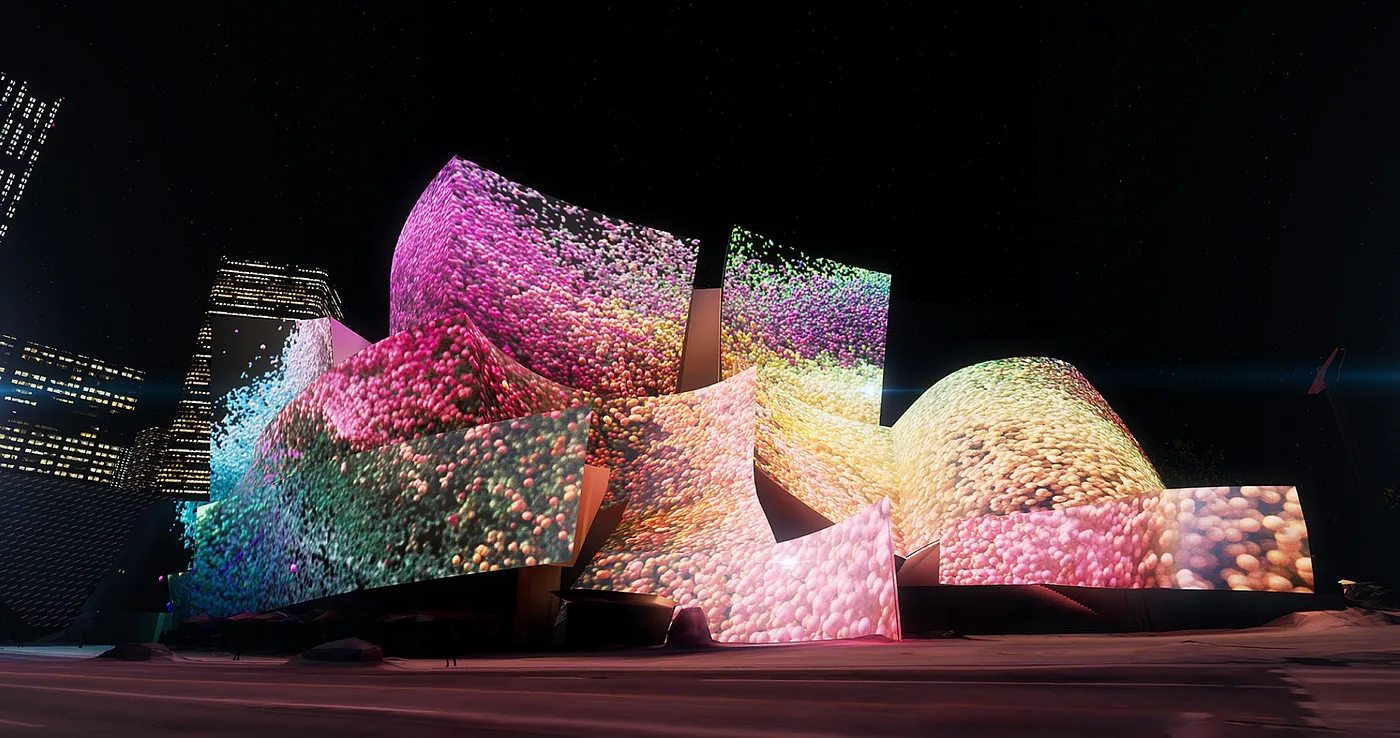

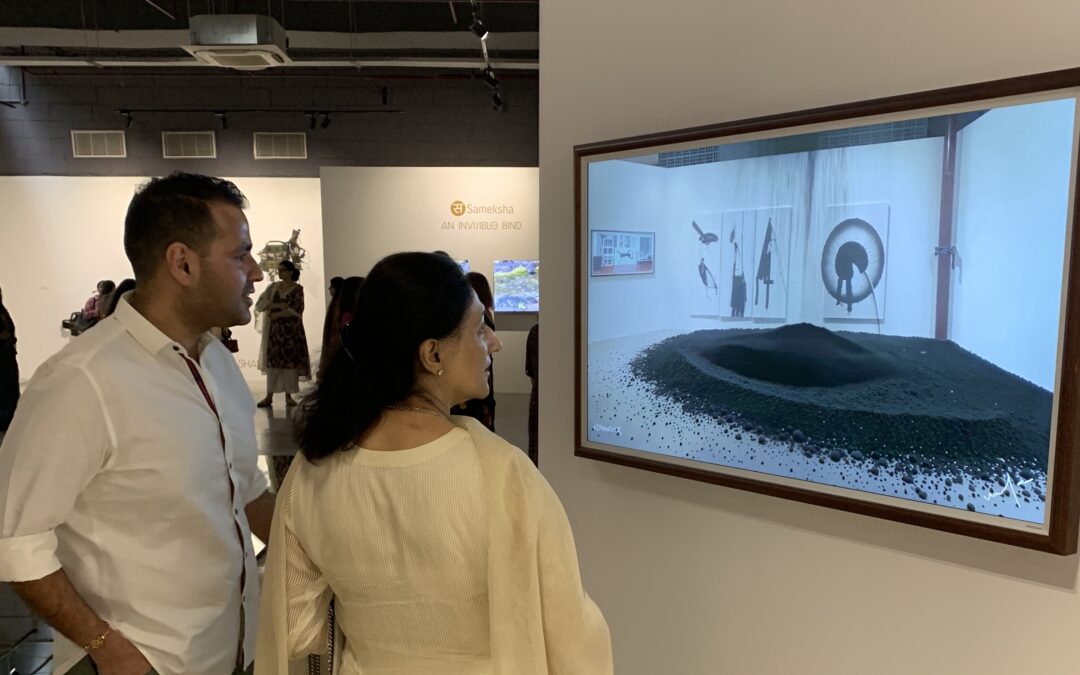
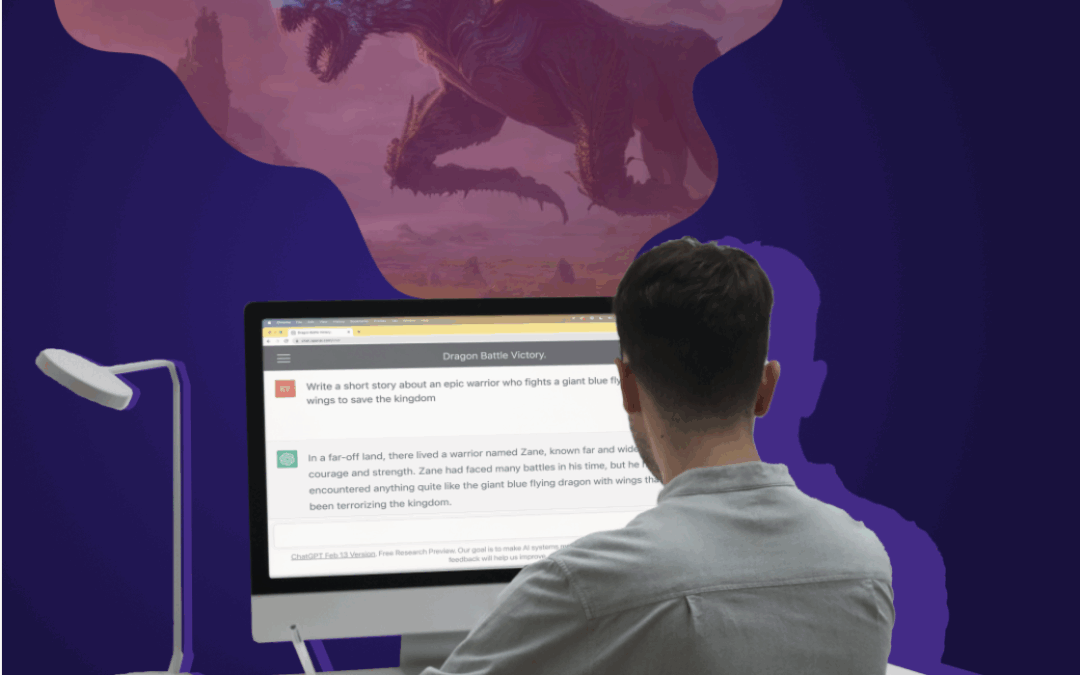
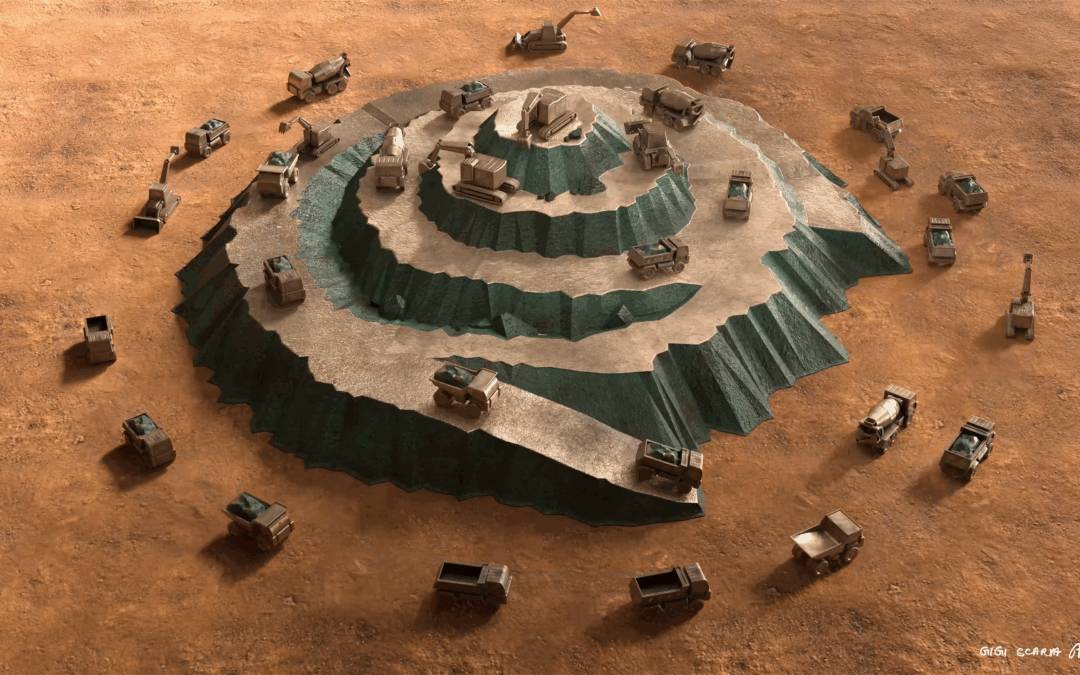
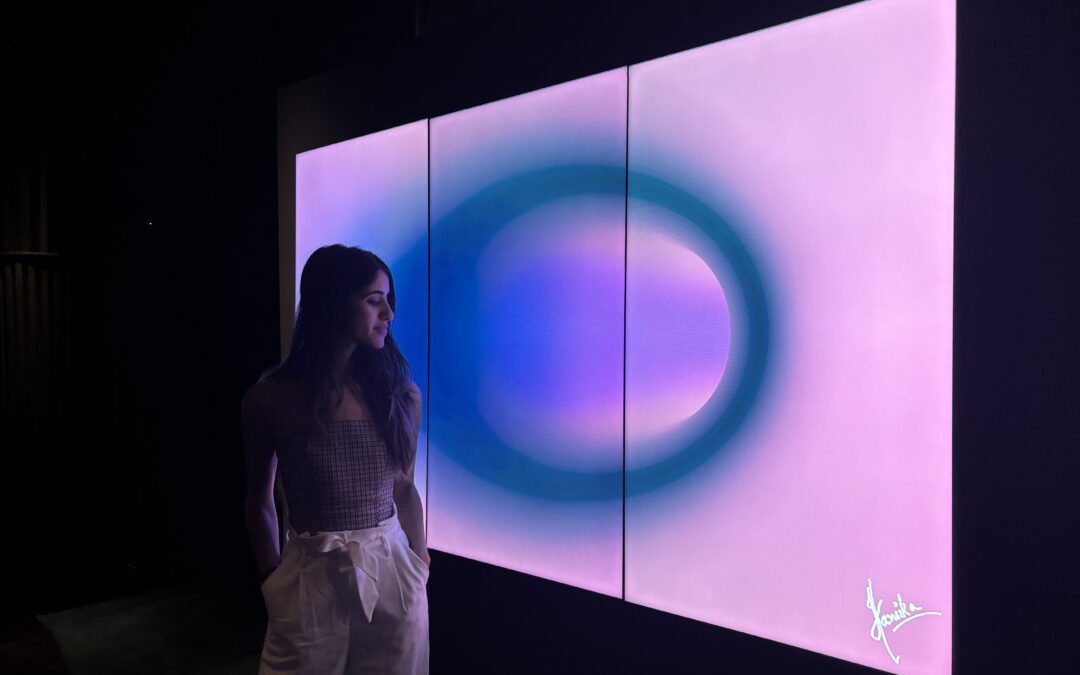
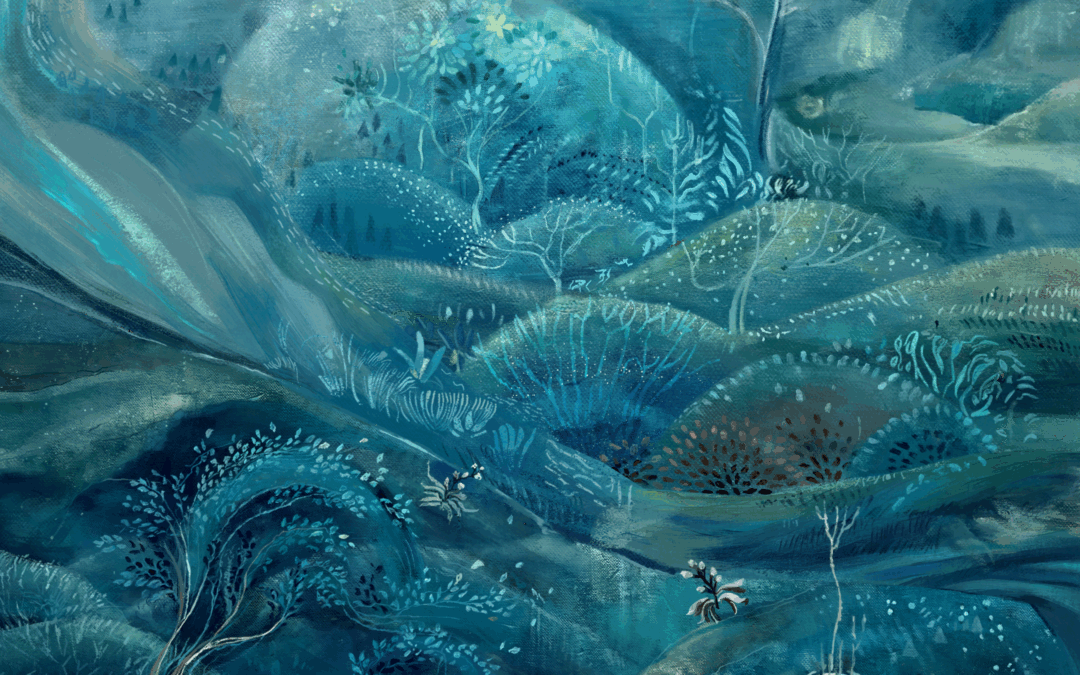
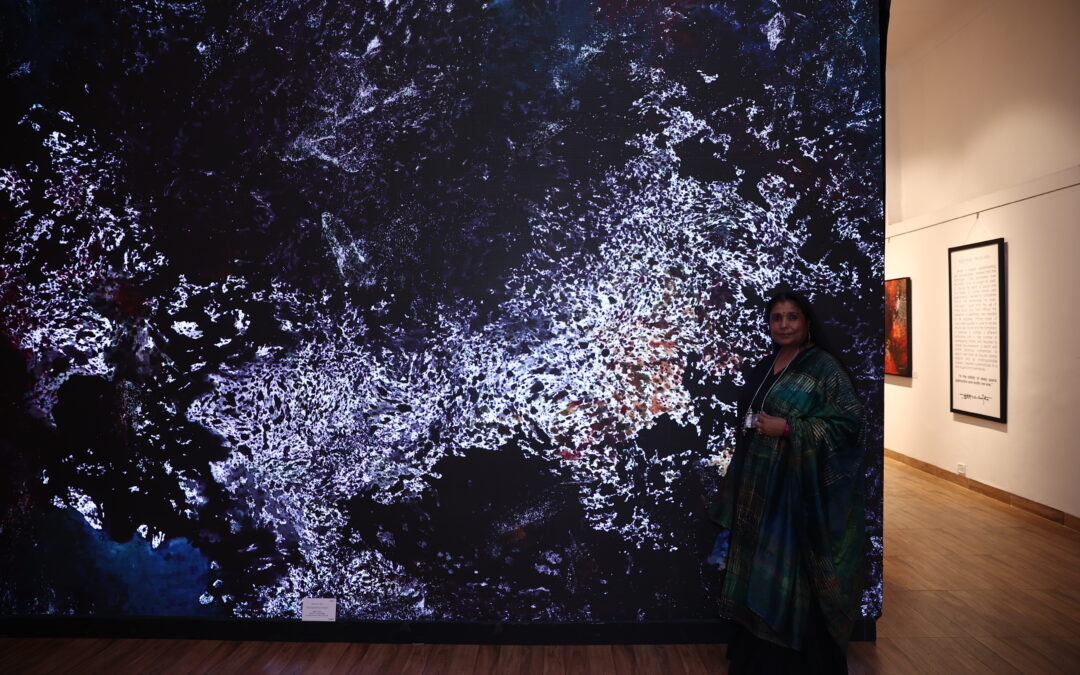
0 Comments